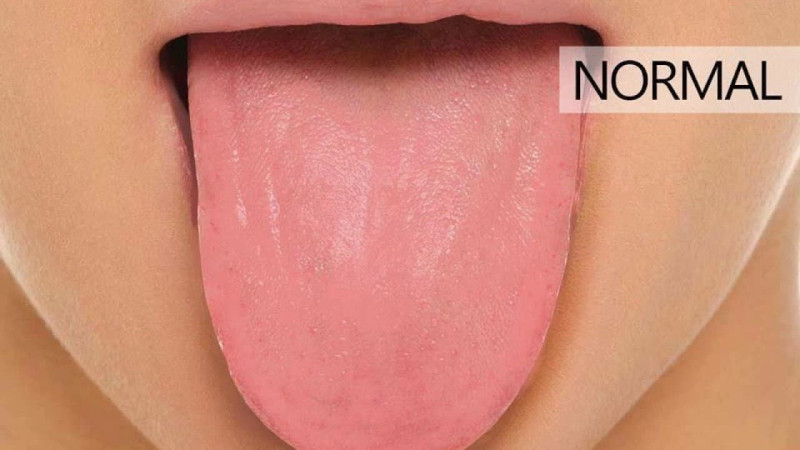
Pale, White, Red Tongue?
Your tongue can reveal about your current health.
Stick out your tongue and look in the mirror for clues about problems in your overall health.
A healthy tongue should be pink and covered with small nodules (papillae).
It might be concerning if there is any changes with your tongue’s normal appearance, or experiencing any pain.
White coating or white spots tongue:
Oral thrush: a yeast infection that develops inside the mouth. It appears as white patches that are often the consistency of cottage cheese.
Leukoplakia: a condition in which the cells in the mouth grow excessively, which leads to white patches on the tongue and inside the mouth.
Oral lichen planus: a network of raised white lines on your tongue that look similar to lace.
Red tongue:
Eat strawberries or red-colored foods and your tongue will change to red, but this change is temporary that may cause you some discomfort.
However, a redness on your tongue can be a sign of an underlying medical condition.
Some red color changes on the tongue (“strawberry tongue”) could be related to a vitamin deficiency, Kawasaki disease, or a strep infection (scarlet fever).
Erythroplakia is a red area or lesion that cannot be rubbed off on the tongue (except for the color, it is similar to leukoplakia).
A lesion with a combined white and red appearance is called erythroleukoplakia.
These lesions are all considered to have premalignant potential.
Erythroplakia and erythroleukoplakia have an increased risk of premalignancy compared to leukoplakia.
In addition to appearance, there is concern if the lesion or sore does not go away or grows in size.
A biopsy is recommended by an oral surgeon or an ENT (Otolaryngologist) specialist to rule out oral cancer.
Comments (6)
-
 kYaZsHyN1
kYaZsHyN1 -
 kYaZsHyN1
kYaZsHyN1 -
 kYaZsHyN1
kYaZsHyN1 -
 kYaZsHyN1
kYaZsHyN1 -
 kYaZsHyN1
kYaZsHyN1 -
 kYaZsHyN1
kYaZsHyN1
